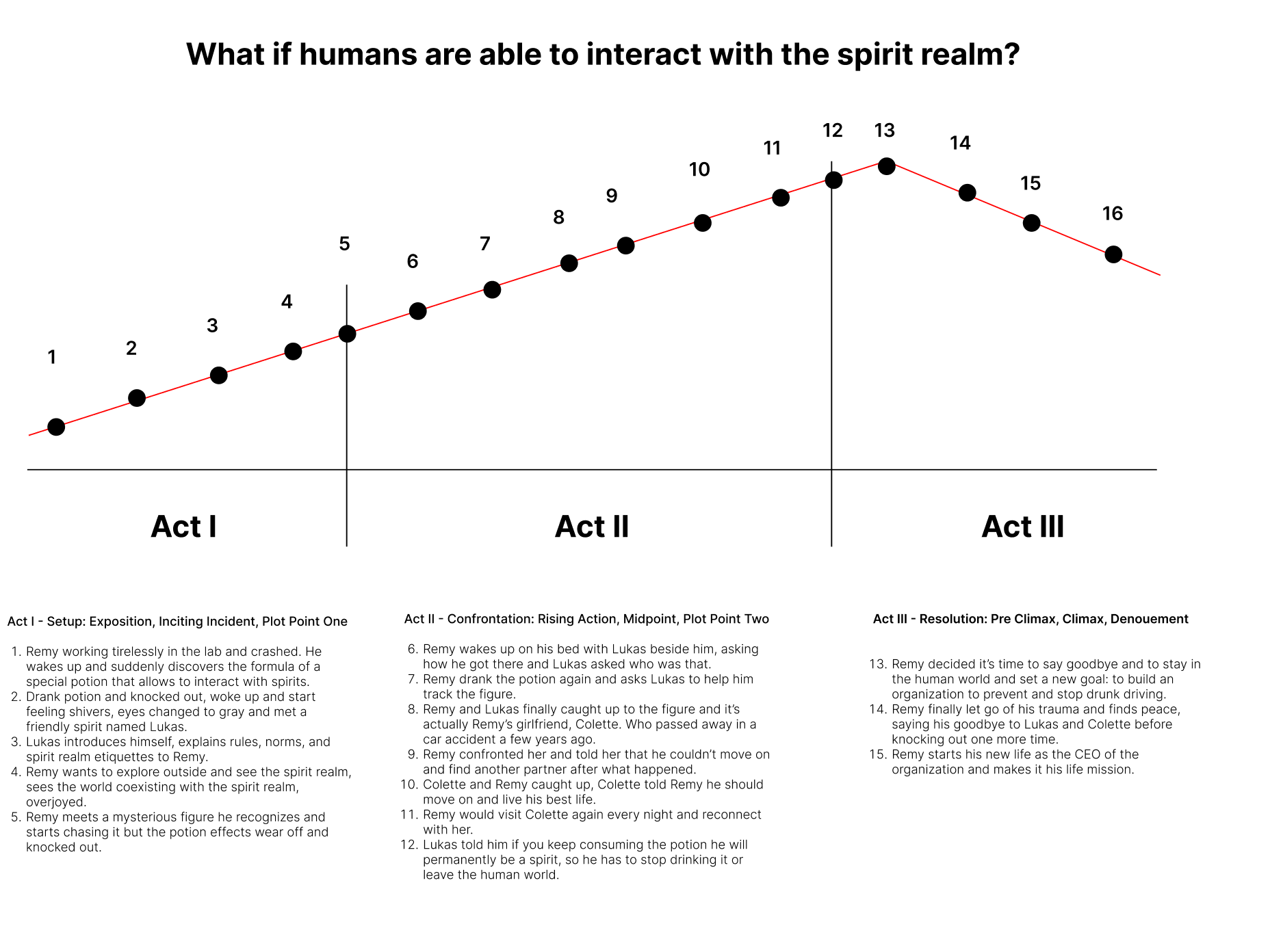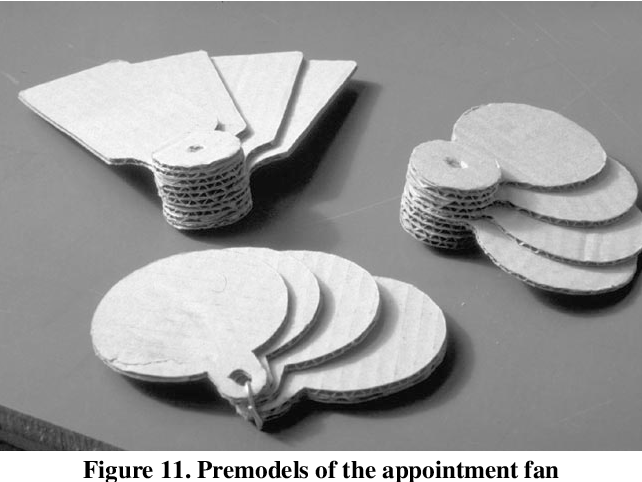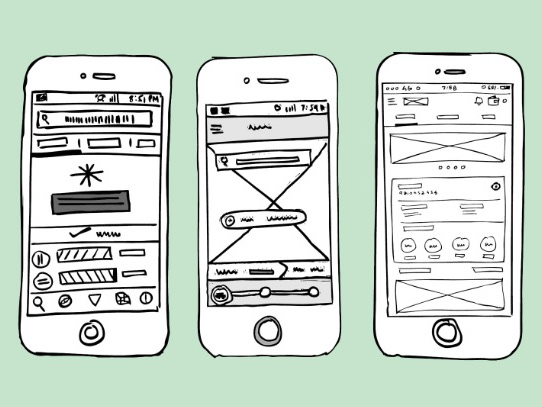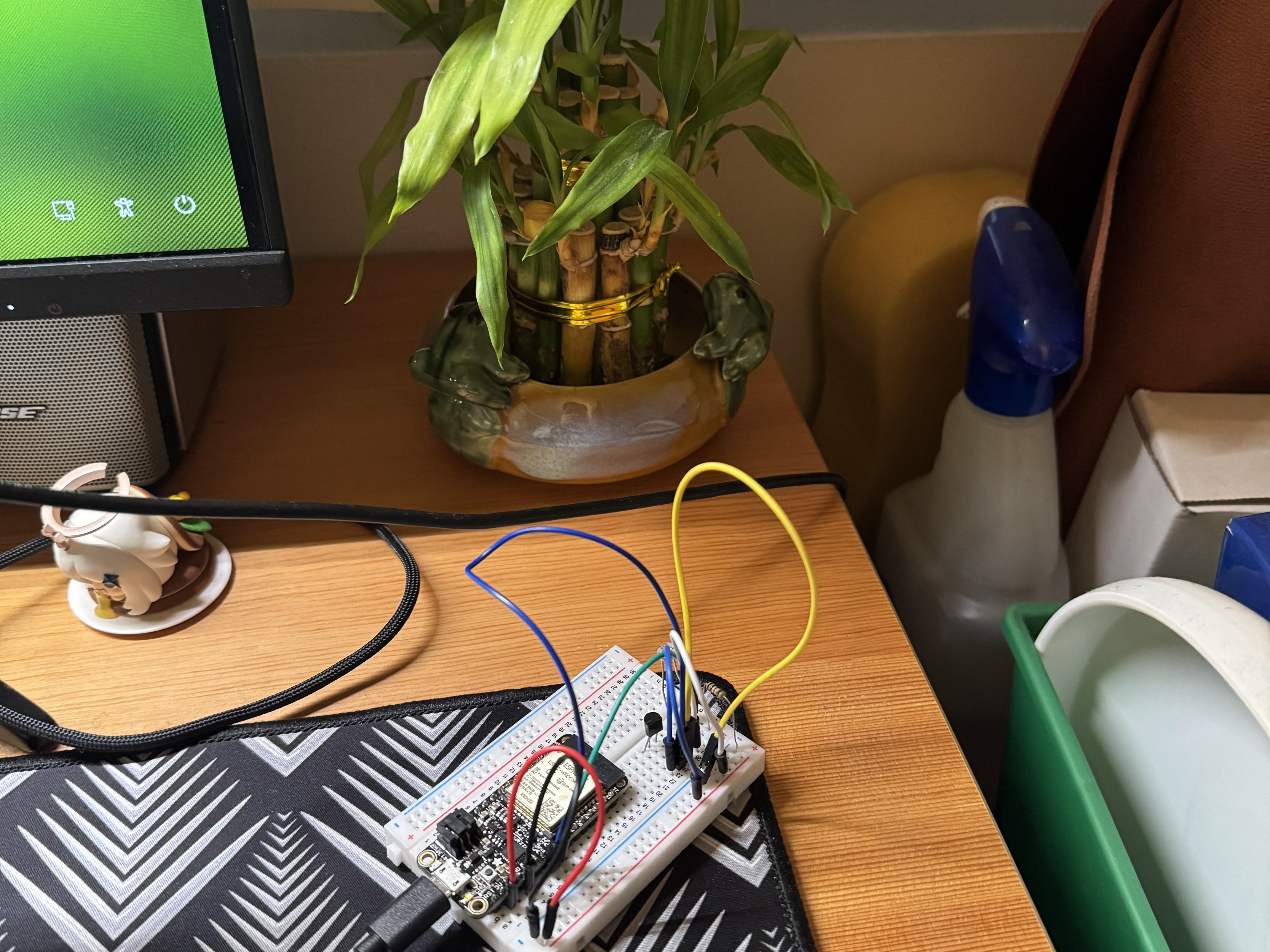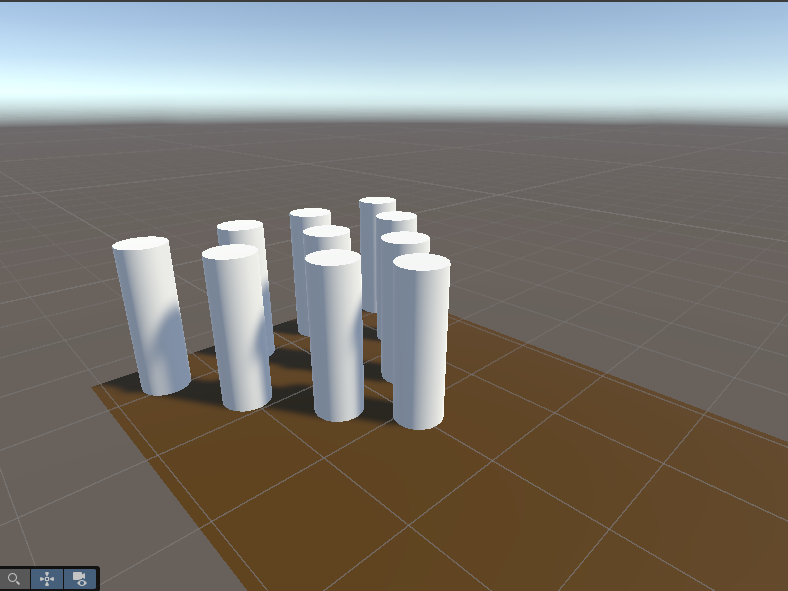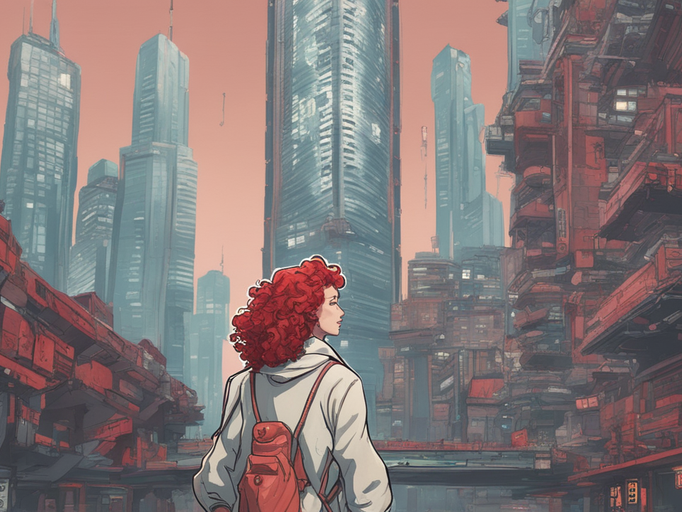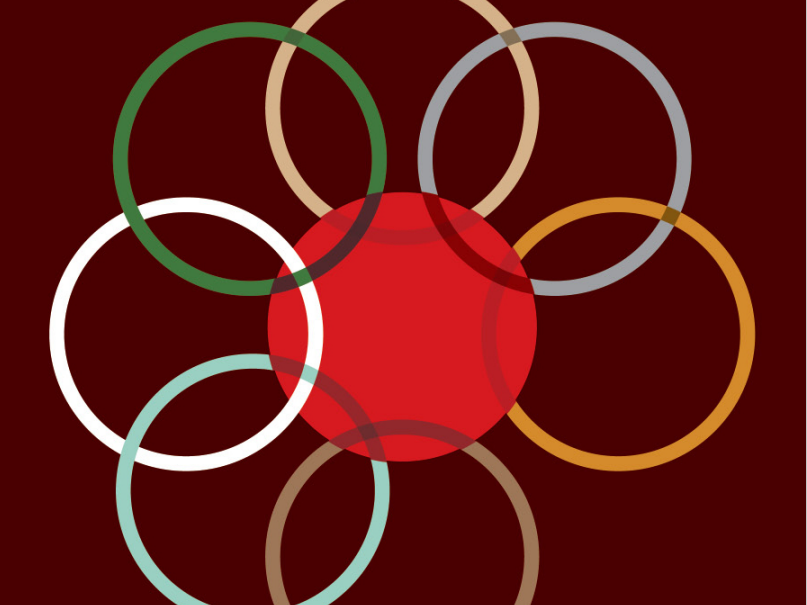Design Brief: Envision a future using a two-axis framework, select a scenario, and create a representative object in Blender.
2D Matrix
Chosen Axes & Quadrant
I chose Technology (Low ↔ High) and Resource Availability (Scarcity ↔ Abundance) as my axes to explore different possible futures. My focus is on the Low-Tech & Abundant Resources quadrant, where people have plentiful natural resources but rely on sustainable, low-tech solutions instead of advanced technology.
Why This Quadrant?
This future challenges the idea that high-tech innovation is necessary for progress. Instead, communities thrive using natural cycles, traditional knowledge, and decentralized living, reducing dependence on industrialization. It promotes self-sufficiency, environmental harmony, and sustainable development, making it a resilient and responsible way of life.
Inspiration
My design was inspired by solar stills, which use sunlight to evaporate and condense water for purification. These simple yet effective systems sparked the initial idea of using solar energy as a purification method in my future scenario.
To refine the concept, I explored water dome structures, which inspired me to incorporate a glass dome for water collection. This led to my final design—a solar water purification tower, where the dome gathers water, and a mid-section allows people to place bottles for collection. By combining elements from solar stills and dome structures, I created a functional and visually cohesive model that fits within my Low-Tech & Abundant Resources future.
Solar Still Dome
How it works in my future world
In this low-tech but abundant future, communities rely on natural processes and decentralized technologies to sustain themselves without modern industrialization. Clean water is plentiful, but it still needs purification to ensure it’s safe for drinking. This solar water purification tower uses solar distillation to collect and purify water efficiently, relying solely on sunlight
The glass dome on top captures and condenses water vapor, directing clean droplets into a collection system below. In the middle section, there’s an open space where individuals can place their bottles to collect fresh water without the need for electric-powered pumps or complex machinery. The structure is built using locally available materials like glass, ceramic, and clay, ensuring that villages can construct and maintain it easily.
The design is inspired by traditional solar stills and ancient water collection techniques used in arid climates. By combining these time-tested methods with passive solar energy, this purification tower supports a self-sustaining lifestyle, eliminating the need for centralized infrastructure. In a world where technology is intentionally minimized, this system ensures that every household has a reliable and renewable water source, reinforcing the community's resilience and independence.
Archeology of the Futures part 2
This render showcases my Solar Water Purification Tower in a natural outdoor setting, designed for use in decentralized, sustainable villages. The glass dome collects and condenses water, while the clay structure houses the collection chamber for easy water retrieval.
Scene & Lighting Choices
I chose this location to reflect how the purifier would be used in a communal environment. The HDRi background provides natural sunlight, and additional lighting ensures the glass reflects properly.

